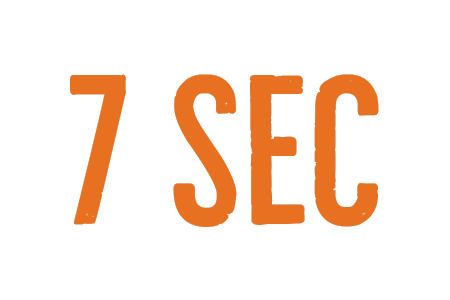OWASP Top 10 2021 (DRAFT FOR PEER REVIEW)

Linking to Owasp we find the new OWASP Top Ten with the new 10 vulnerabilities updated to 2021.
As we can read from the official website there are three new categories inserted.
But now let's see what the official website says!
What's changed in the Top 10 for 2021

A01:2021-Broken Access Control moves up from the fifth position; 94% of applications were tested for some form of broken access control. The 34 CWEs mapped to Broken Access Control had more occurrences in applications than any other category.
A02:2021-Cryptographic Failures shifts up one position to #2, previously known as Sensitive Data Exposure, which was broad symptom rather than a root cause. The renewed focus here is on failures related to cryptography which often leads to sensitive data exposure or system compromise.
A03:2021-Injection slides down to the third position. 94% of the applications were tested for some form of injection, and the 33 CWEs mapped into this category have the second most occurrences in applications. Cross-site Scripting is now part of this category in this edition.
A04:2021-Insecure Design is a new category for 2021, with a focus on risks related to design flaws. If we genuinely want to "move left" as an industry, it calls for more use of threat modeling, secure design patterns and principles, and reference architectures.
A05:2021-Security Misconfiguration moves up from #6 in the previous edition; 90% of applications were tested for some form of misconfiguration. With more shifts into highly configurable software, it's not surprising to see this category move up. The former category for XML External Entities (XXE) is now part of this category.
A06:2021-Vulnerable and Outdated Components was previously titled Using Components with Known Vulnerabilities and is #2 in the industry survey, but also had enough data to make the Top 10 via data analysis. This category moves up from #9 in 2017 and is a known issue that we struggle to test and assess risk. It is the only category not to have any CVEs mapped to the included CWEs, so a default exploit and impact weights of 5.0 are factored into their scores.
A07:2021-Identification and Authentication Failures was previously Broken Authentication and is sliding down from the second position, and now includes CWEs that are more related to identification failures. This category is still an integral part of the Top 10, but the increased availability of standardized frameworks seems to be helping.
A08:2021-Software and Data Integrity Failures is a new category for 2021, focusing on making assumptions related to software updates, critical data, and CI/CD pipelines without verifying integrity. One of the highest weighted impacts from CVE/CVSS data mapped to the 10 CWEs in this category. Insecure Deserialization from 2017 is now a part of this larger category.
A09:2021-Security Logging and Monitoring Failures was previously Insufficient Logging & Monitoring and is added from the industry survey (#3), moving up from #10 previously. This category is expanded to include more types of failures, is challenging to test for, and isn't well represented in the CVE/CVSS data. However, failures in this category can directly impact visibility, incident alerting, and forensics.
A10:2021-Server-Side Request Forgery is added from the industry survey (#1). The data shows a relatively low incidence rate with above average testing coverage, along with above-average ratings for Exploit and Impact potential. This category represents the scenario where the industry professionals are telling us this is important, even though it's not illustrated in the data at this time.
Category Relationships from 2017
There has been a lot of talk about the overlap between the Top Ten risks. By the definition of each (list of CWEs included), there really isn't any overlap. However, conceptually, there can be overlap or interactions based on the higher-level naming. Venn diagrams are many times used to show overlap like this.

The Venn diagram above represents the interactions between the Top Ten 2017 risk categories. While doing so, a couple of essential points became obvious:
-
One could argue that Cross-Site Scripting ultimately belongs within Injection as it's essentially Content Injection. Looking at the 2021 data, it became even more evident that XSS needed to move into Injection.
-
The overlap is only in one direction. We will often classify a vulnerability by the end manifestation or "symptom," not the (potentially deep) root cause. For instance, "Sensitive Data Exposure" may have been the result of a "Security Misconfiguration"; however, you won't see it in the other direction. As a result, arrows are drawn in the interaction zones to indicate which direction it occurs.
-
Sometimes these diagrams are drawn with everything in A06:2021 Using Components with Known Vulnerabilities. While some of these risk categories may be the root cause of third-party vulnerabilities, they are generally managed differently and with different responsibilities. The other types are typically representing first-party risks.
For more details and to read the full article link to: OWASP TOP 10 2021
